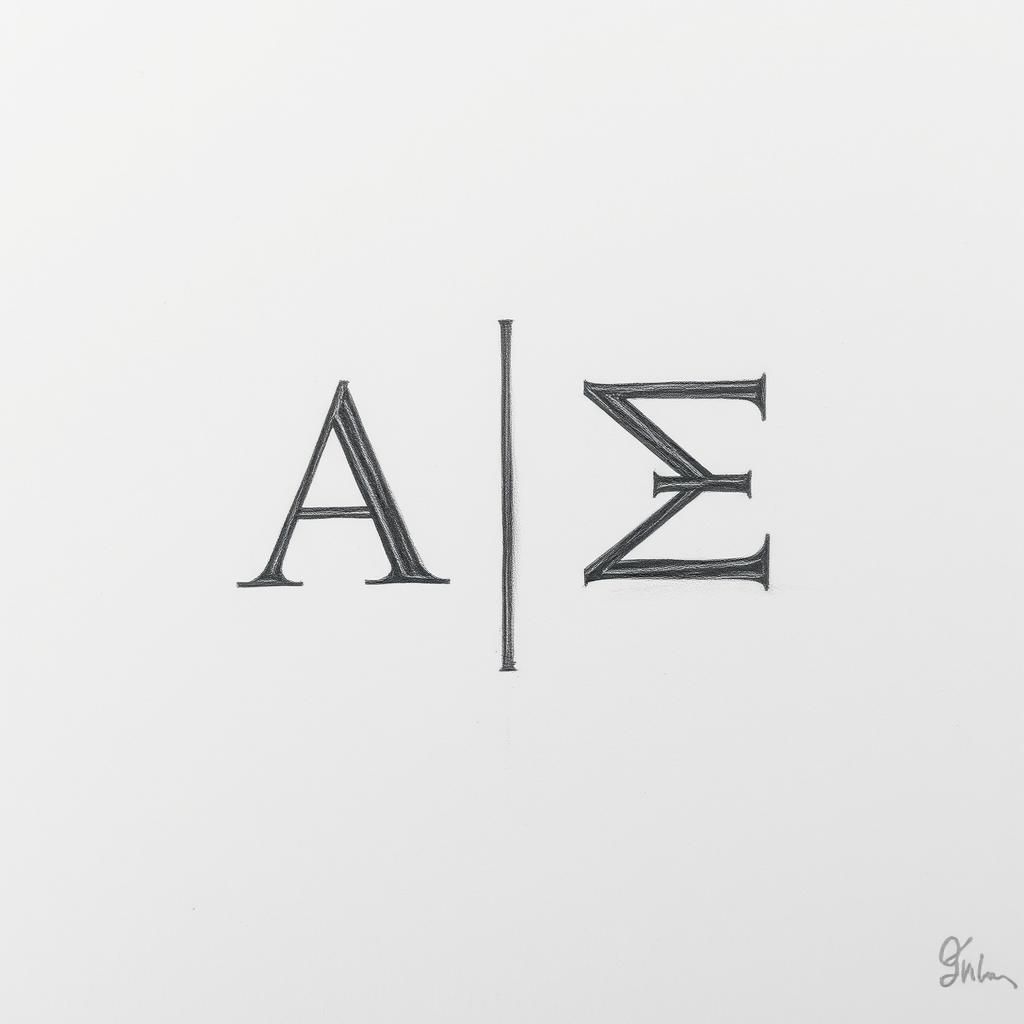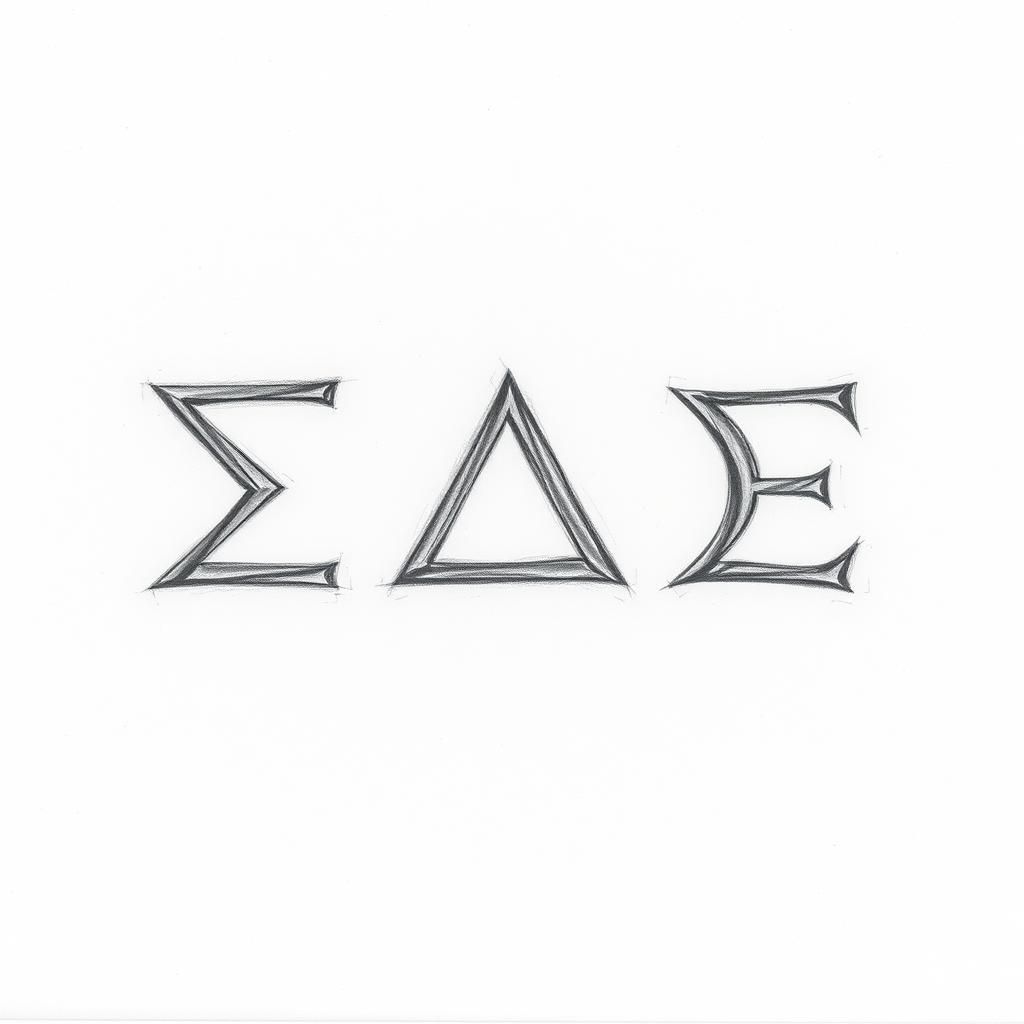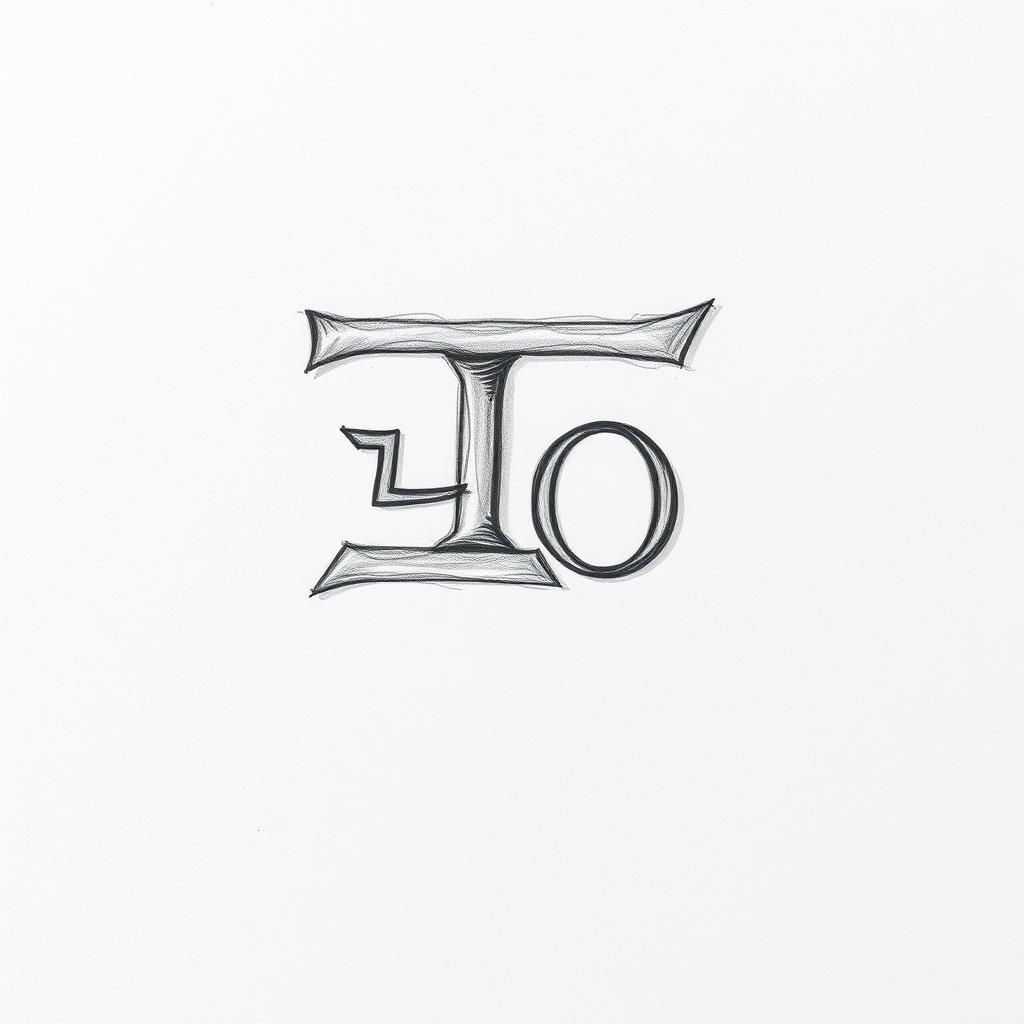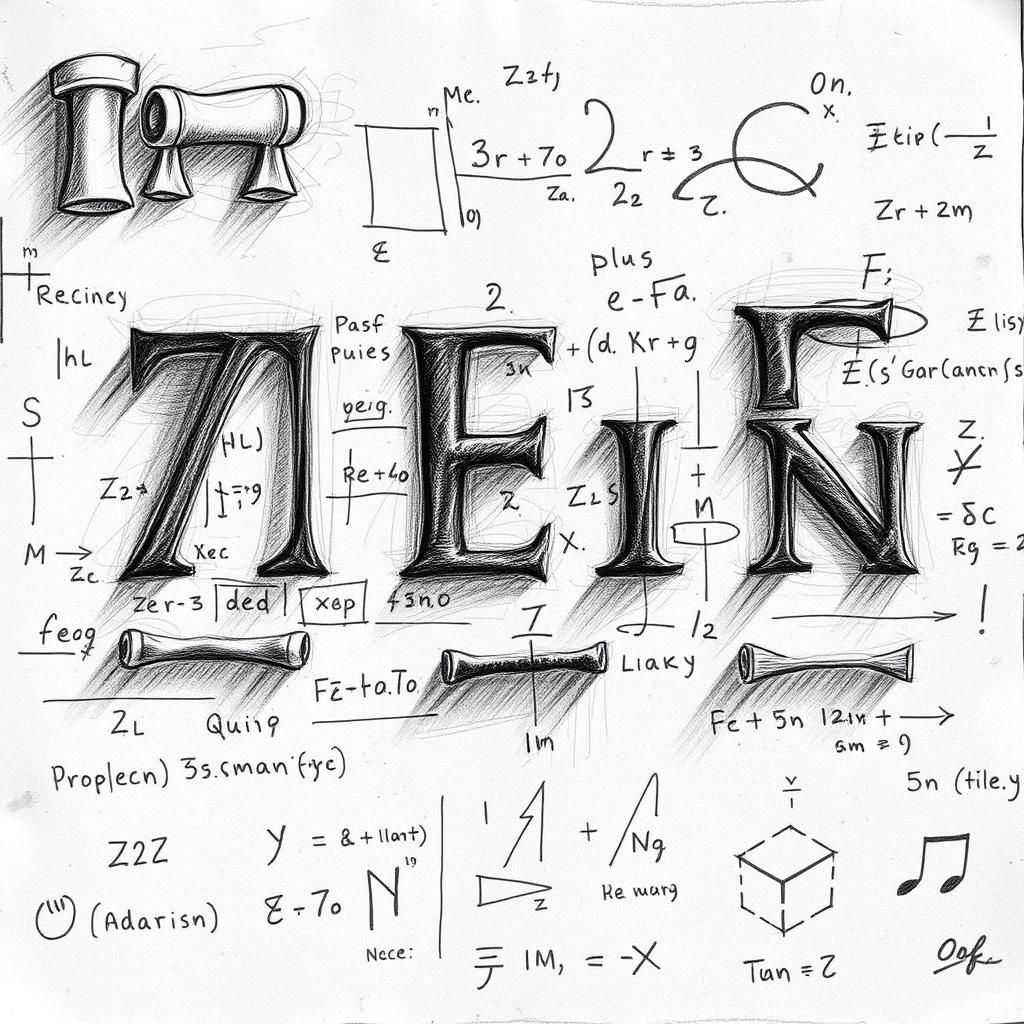
Explore & Play
Discover interesting topics and solve the accompanying crossword puzzle.
Greek letter crossword: Meaning and Usage Explained
Table of Contents
Greek letter crossword
You can either fill in the crossword puzzle directly on this page or click the button in the bottom right corner to print it for free.
——————————————
Understanding Greek Letters: Meaning, Usage, and Myths

Introduction
Picture standing at the crossroads of history and language, where letters aren’t just symbols but living echoes of a civilization that shaped so much of the world we know today. The Greek alphabet, one of the oldest writing systems still in use, carries with it stories etched not just in stone and parchment but woven into science, art, and everyday life. From the bold Alpha that marks beginnings to the subtle Epsilon whispering precision, these characters have journeyed through millennia, crossing borders and disciplines.
But their significance goes beyond mere letters. Greek letters have become code for ideas—change, truth, smallness—and even identity, gracing everything from math textbooks to fraternity houses. Yet, mixed with admiration are myths and misunderstandings, especially around letters like Zeta and Kappa. This article invites you to unravel the meanings behind these timeless symbols, see how they pulse through culture and science today, and separate fact from fiction.
Join me as we walk through this alphabetic landscape, where history feels immediate, and each letter tells a story worth hearing.

Imagine standing at the very start of a story—where everything begins. That’s Alpha for you, the ultimate first letter of the Greek alphabet. With a neat, straightforward sound and a value of one in the ancient Greek numeral system, Alpha has long symbolized beginnings, leadership, and being first in line. Think of it as the torchbearer lighting the way.
You see Alpha’s mark everywhere. In classrooms, it’s that coveted top grade, signaling excellence and mastery. In the world of finance, investors chase “alpha” to describe returns that outpace the market, a nod to leading the pack. The word itself has seeped into everyday language: phrases like “alpha male” or “alpha dog” remind us of its deep-rooted ties to dominance and primacy.
Then, right after comes Beta—the reliable second, always close behind Alpha, gaining its own spotlight. Beta holds a strong place in science—think beta particles zipping through space in physics or beta versions of software where new ideas take their first tentative steps before a big public debut. In the Greek numeral system, it’s the number two, a perfect pair that complements the beginning.
Together, Alpha and Beta don’t just mark letters on a page; they represent the start of stories, experiments, and journeys. They invite us to see language and symbols as living, breathing parts of culture and history—letters that carry the weight of meaning well beyond their shapes.

Gamma, Delta, and Epsilon: Scientific and Symbolic Meanings
Step into a world where letters leap off the page and become markers of ideas that shape our understanding of everything from atoms to equations. Gamma, Delta, and Epsilon — three Greek letters that have quietly slipped into the language of science and math — each tell a story about how we measure, change, and uncover the invisible.
Gamma carries with it a kind of invisible power. Picture gamma rays—those intense bursts of energy that pierce through matter and help doctors see inside your body without a single cut. These rays are born from the nucleus of atoms, a whisper of the universe’s tiniest scale. Beyond medicine, gamma crops up in math too, through the gamma function, a tool that stretches factorials beyond simple counting. It’s a reminder of how deeply interconnected the symbols we think of as “letters” truly are with the fabric of knowledge.
Then there’s Delta, the bold symbol of change. If math had a heartbeat, it would beat the rhythm of delta, noting shifts, differences, and variations. Whether calculating how a curve bends in calculus, measuring physical changes in physics, or tweaking designs in engineering, delta is the constant companion for anyone tracking movement or transformation. It invites us to think about not just what is, but what becomes.
Finally, Epsilon whispers a quieter, subtler story. Often called the symbol of smallness, Epsilon represents tiny quantities — so small they almost vanish. In the world of mathematics, it’s the stand-in for the smallest margin of error or the narrowest gap between numbers. It isn’t just numbers that feel this influence; culturally, Epsilon reminds us to pay attention to the details, to the subtle shifts and nuances that often make all the difference but might go unnoticed at first glance.
Together, these three letters show us the power of symbols to carry meaning beyond the alphabet — they connect us to the pulse of science and the precision of thought, inviting us to read not just words, but worlds.

Theta and Iota: Ancient Symbols and Modern Usage
Step back with me to a time when letters weren’t just tools for writing but symbols brimming with meaning—like tiny lanterns lighting the path to wisdom and subtle truths. Take theta (Θ). In ancient Greece, this letter wasn’t just a character; it was a signpost for seekers of knowledge. Scholars linked theta to wisdom and the pursuit of truth, a quiet nod to human curiosity that still echoes today. You’ll find theta lingering in the halls of psychology, representing thought processes and mental states, and in economics, where it denotes variables that help decode complex problems. It’s a symbol that invites reflection, reminding us that every question carries the seed of discovery.
Then there’s iota (Ι), a letter small in shape but mighty in its message. “Not one iota” — a phrase borrowed from this character — hammers home its power: even the tiniest amount can hold weight. In language and grammar, iota marks a subtle shift or detail, proving that what seems insignificant often shapes meaning in profound ways. Its sacred undertones come from ancient beliefs that small things could harbor great spiritual significance, a reminder that even the smallest presence matters in the grand mosaic of life.
So as we glance at these two letters, we’re reminded that language carries more than sound—it carries stories, beliefs, and values passed down through centuries. Each stroke and curve holds a whisper of human experience, encouraging us to appreciate the depth behind what might seem simple at first glance.

Myths and Misconceptions: Zeta and Kappa
If you’ve ever brushed past college sorority or fraternity culture, you might think you know what Zeta and Kappa stand for. But here’s the thing: those impressions are often more about hearsay than fact. These Greek letters, like all others in the alphabet, come wrapped in layers of tradition, pride, and meaning—far beyond the stereotypes you might hear tossed around at a party or online.
Zeta and Kappa show up frequently in the names of Greek organizations, and because of that, they’ve earned a reputation that’s part myth, part misunderstanding. Some people picture them as exclusive or clique-ish, fueled by exaggerated stories and cultural clichés. But if you take a closer look, you’ll see these letters carry real academic and historical weight within Greek life—not just social labels.
The truth is, Zeta and Kappa represent long-standing values: service, scholarship, friendship, and leadership. They’re badges of communities built on support and growth, not just catchy names. By peeling back the assumptions, we find a richer story—one that honors the respect and tradition held by the members who proudly wear these letters.
So next time you hear a sweeping statement about Zeta or Kappa, pause and remember: every letter in the Greek alphabet is a chapter in a much bigger narrative, one shaped by people, purpose, and passion. Understanding that helps keep our view honest and appreciative, rather than one-dimensional.

As we wrap up our journey through the world of Greek letters, it’s clear these symbols are far more than just characters on a page. From Alpha’s role as the herald of beginnings to Epsilon’s quiet precision, each letter carries stories that stretch across centuries—linking science, culture, and language in ways both profound and practical. Whether it’s Delta marking change in equations or Theta whispering wisdom in philosophy, these letters have shaped how we think, communicate, and explore.
But beyond their functions, Greek letters invite us to appreciate the layers of meaning behind everyday symbols. They remind us that language and knowledge evolve hand in hand, building bridges from ancient scrolls to modern textbooks, from ceremonial rites to cutting-edge science labs. By understanding the people and cultures that gave these letters life, we see the alphabet not just as abstract signs but as living threads weaving us into a shared human story.
So, next time you encounter a Greek letter—whether in math class, a research article, or a familiar phrase—pause for a moment. Think about its journey and the worlds it connects. And if your curiosity is piqued, dive deeper into the rich heritage waiting to be discovered in every stroke and sound. The Greek alphabet, ancient yet endlessly relevant, continues to shape the way we make sense of our world.
Share to...
I hope you enjoy the content.
Want to receive our daily crossword puzzle or article? Subscribe!
You may also be interested in
Share to…
Want to receive our daily crossword puzzle?
-
Jigsaw Puzzles
Whimsical Garden Cat Jigsaw Puzzle 250 | 300 | 500 Pieces
kr 348,00 – kr 439,00Price range: kr 348,00 through kr 439,00 Select options This product has multiple variants. The options may be chosen on the product page -
Jigsaw Puzzles
Twelve Zodiac Mice Ink Wash Jigsaw Puzzle 250 | 300 | 500 Pieces
kr 348,00 – kr 439,00Price range: kr 348,00 through kr 439,00 Select options This product has multiple variants. The options may be chosen on the product page -
Jigsaw Puzzles
Cozy Art Nouveau Cat Puzzle 250 | 300 | 500 Pieces
kr 348,00 – kr 439,00Price range: kr 348,00 through kr 439,00 Select options This product has multiple variants. The options may be chosen on the product page

















